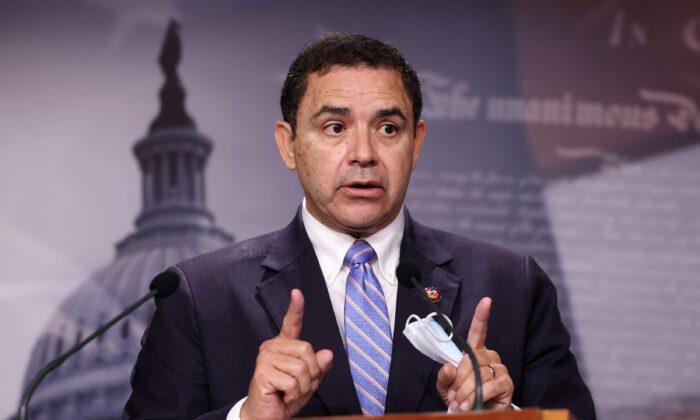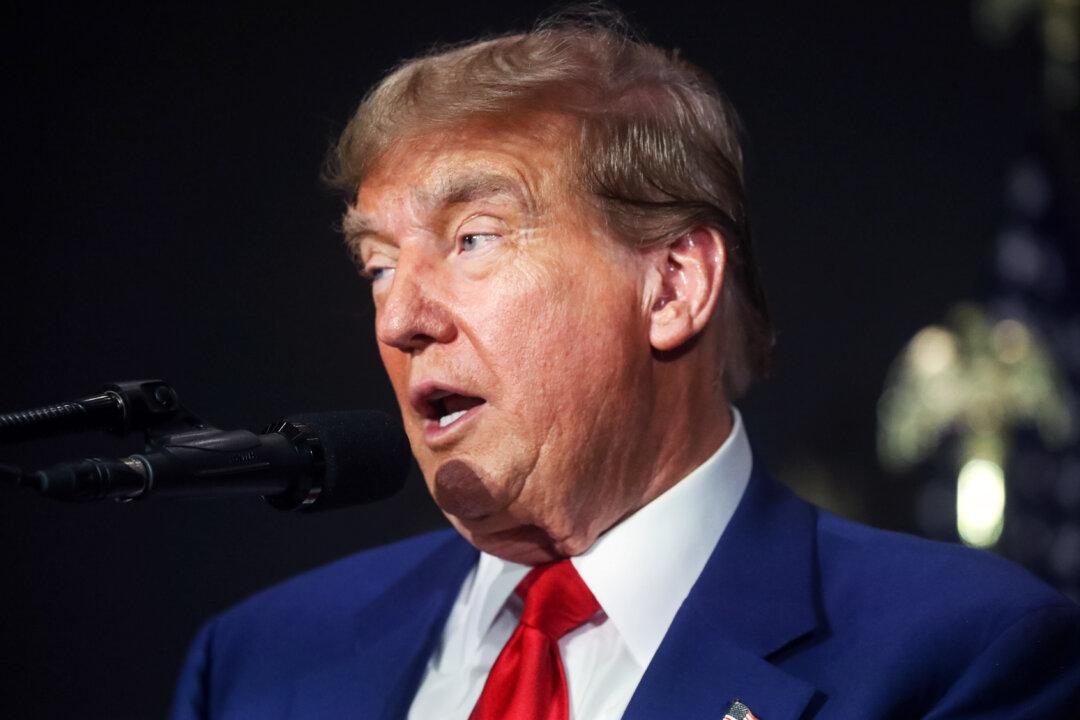The war between Mexico’s drug cartels has reached new depths as older major cartels have fragmented, increasing competition between the splinter groups and leading to more grisly acts of violence, including against Americans.
The most recent example of the brutality by Mexican drug cartels against U.S. citizens is that of the four kidnapped Americans in the border city of Matamoros by the Gulf Cartel in March. While two of the Americans ended up dead, two others—a brother and sister—survived and recently talked about their experience.
Williams went on to say that he and his sister, Washington McGee, were taken to several locations over several days, while blindfolded with guns pointed at their heads.
The two eventually were turned over to Mexican authorities by cartel members who left an “apology” note; the group also turned over several members who allegedly were involved in the kidnapping and slayings to Mexican law enforcement.
That type of violence is very common in Mexico as multiple cartels are in a brutal war for supremacy across the country.
“In regards to the violence, in my entire life, and I’ve been working in the DEA [Drug Enforcement Administration] for 28 years and I’ve been involved in law enforcement since I retired. So over 30 years of studying and watching the evolution of the cartels. They are probably the most violent organization that I’ve ever seen,” said Derek Maltz, a retired DEA special agent in charge of the Justice Department’s special operations division (SOD).
“They do everything that major terrorists are doing. And it’s the way they do the killing, cutting off heads, throwing heads on dance floors, posting heads on fence posts with notes, cutting off limbs and sticking them in the mouth of the deceased with intimidating notes.”
As the head of SOD, Maltz’s leadership played a vital role in the capture of Sinaloa Cartel leader Joaquín “El Chapo” Guzmán. He says the cartels have “no regard for human life,” and only care about “maximizing profits.”
“They run their business like a Fortune 500 company in the sense of reducing their risk as they grow their business,” he said. “They’re working currently with the Chinese criminal networks, they’re flooding America with deadly fentanyl, they’re also inundating the U.S. with methamphetamine. ... They’re in probably 40 or 50 countries between the Sinaloa Cartel and the Cartel Jalisco New Generation.
The Drug Cartels of Mexico
The largest and most vicious syndicate in Mexico is the Cartel Jalisco Nueva Generation (CNJG), which is based out of the state of Jalisco and works all across the country, according to a risk assessment by the security firm Global Guardian.CNJG trafficks drugs such as fentanyl and methamphetamines into the United States and has also recently delved into the billion-dollar avocado business.
The Sinaloa Cartel (CDS), which was once the dominant drug cartel, is now second in power to the CNJG after years of infighting and splintering off into separate groups. Three other major drug syndicates—Los Zetas, Gulf, and Juarez—also contribute to high levels of violence in Mexico.
All five cartels constantly battle for dominance and territory, with Mexican citizens often caught in the middle.
Silver or Lead
The Mexican drug cartels’ presence isn’t just limited to Mexico; their grasp extends throughout Central and South America, where they’ve allied themselves with other transnational criminal organizations, such as MS-13 in El Salvador.“I was on my way to high school [in San Salvador] and suddenly, three men came out of the bushes with guns and forced me to go into an alley,” Angel Mamani told The Epoch Times. “They took my bag and my notebooks and forced me to take off my shirt to see if I had any tattoos.”
Mamani says the men were members of MS-13 and were checking him for tattoos to determine if he was part of a rival gang.
“They told me if I tried to run they would kill me,” he said.
Mamani said the gang members eventually left once they took everything he had on him, giving him the ultimatum “plata o plomo,” which translates in English as “silver or lead.”
“It means give up everything you have or die,” he said.
The potentially deadly encounter is one that locals such as Mamani, as well as migrants or those who wish to travel illegally across several land borders into the United States, experience regularly, although often in an even harsher way.
“It’s amazing to me just the treatment of the migrants [by the cartels] how all these young girls are taking birth control medicine before they start the journey because they know they’re going to get raped,” Maltz said. “Because these cartels and migrant smugglers are operating like savages in many ways, with the way they treat women and young kids. They’re very abusive [and there are many] sexual assaults.”
The abuse doesn’t end for the migrants who are being illegally brought into the United States, often to deliver deadly drugs such as fentanyl, according to Maltz. If they finally make it across the U.S.–Mexico border, the danger can be even worse.
Political Reaction
In January, former President Donald Trump said that if he’s reelected as president, he'll order the U.S. military to crush Mexican drug cartels and show them “no mercy.”Several Republican lawmakers in Congress have called for the United States to send a military force into Mexico to take out the drug cartels.
“The cartels are at war with us—poisoning more than 80,000 Americans with fentanyl every year, creating a crisis at our border, and turning Mexico into a failed narco-state,” Rep. Dan Crenshaw (R-Texas) said in January. “It’s time we directly target them.”
Some U.S. lawmakers are also seeking to label some Mexican drug cartels as foreign terrorist organizations.





